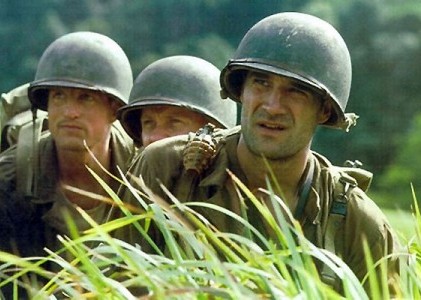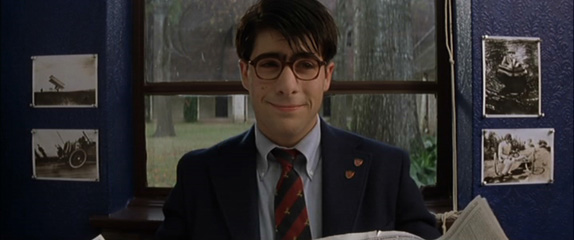“The Tree of Life,” “Hesher,” “Submarine,” “Crazy, Stupid Love” and “The Beaver” are amongst the most anticipated films of Summer 2011.
I didn’t really get much of an opportunity to throw in my two cents on movies in what turned out to be my last issue of the IDS WEEKEND on summer movies. But the typical problem I have with summer movie previews is the necessity to write at length about things I’m only speculating about (I have no inside sources as an amateur critic), and further to write about them objectively as though I’m genuinely interested in “Friends With Benefits.”
But this is my blog, so I’m going to ramble on about anything and everything I feel like. And I thought a creative way to do that would be to break up every movie I have thoughts about (not necessarily “interested” in) into rankings and subheads.
What this means is that this list is not extensive to every movie being released this summer. I will cover 35 of over 100 being released, so there are a bunch of films that I simply know nothing about at this stage. Either I haven’t seen trailers for them, they’re Sundance darlings without much more buzz than that or they’re movies that don’t fit in at any extreme on my spectrum, and be they good or bad, I’ll have to withhold my judgment.
Top 5 Movies I’m Genuinely Interested in this Summer
1. The Tree of Life – May 27
Terrence Malick has only made five films in his career stretching back to 1973 with his first film “Badlands.” And following what turned out to be a surprise contender for Best Movie of the Decade according to some critics with “The New World,” he’s been in production on “The Tree of Life,” which just got accepted into Cannes, for years. It stars Brad Pitt, Sean Penn and the newcomer Jessica Chastain in a family drama period piece blended with sci-fi elements, a first for Malick. Pitt plays a father to a boy back in the ’50s and Penn plays the grown up child in modern day. For anyone who’s seen “Days of Heaven,” which is one of the best looking films ever made, you can rest assured that this film will be visually stunning. It is a sure contender for Oscars at the end of the year and destined to live up to all expectations.
2. Hesher – May 13
“Hesher” is a stoner drama starring Joseph Gordon Levitt, Natalie Portman and Rainn Wilson in what looks like one of the oddest but grittiest and most awesome movies of the year. JGL plays the off-the-wall title character helping a young, straight arrow teen who is depressed with his family and life. Portman, who also produces the film, is sporting some thick rimmed glasses and I’m unsure of her role in the film just yet. I’m not familiar with the director, but it’s written by David Michod, who also wrote and directed the very good and gritty “Animal Kingdom.”
3. Submarine – June 3
A simple explanation would be it’s Wes Anderson in Britain, but this super quirky comedy starring British comedian Craig Roberts and Sally Hawkins looks lovely. It’s about a teen desperately trying to lose his virginity while dealing with a step-dad that has recently come into his life. Ben Stiller produces.
4. Crazy, Stupid, Love. – July 29
In the first post-“Office” role for Steve Carell, Carell plays a recently divorced man looking to womanize again. After his wife played by Julianne Moore leaves him, he meets Ryan Gosling as a lady-killer straight man to Carell’s comic foil. At the same time, Gosling also begins falling in love with Emma Stone (isn’t she a little young, 23, for the somewhat older Gosling, 30?). The concept sounds tired, but the trailer looks really good, and the cast also includes Marisa Tomei and Kevin Bacon, so there’s a lot to look forward to.
5. The Beaver – May 6
I still think this looks like “Mr. Hat: The Herbert Garrison Story,” but Mel Gibson actually went Method for this film, actually walking around with the beaver and talking to people (which is actually low on the list of crazy Mel Gibson stuff) to prepare for Jodie Foster’s film. This is her third feature but her first in 16 years, and the cast also includes Foster, Anton Yelchin (“Star Trek”) and Jennifer Lawrence (“Winter’s Bone”). Continue reading “Summer Movie Preview: 35 films worth talking about”






